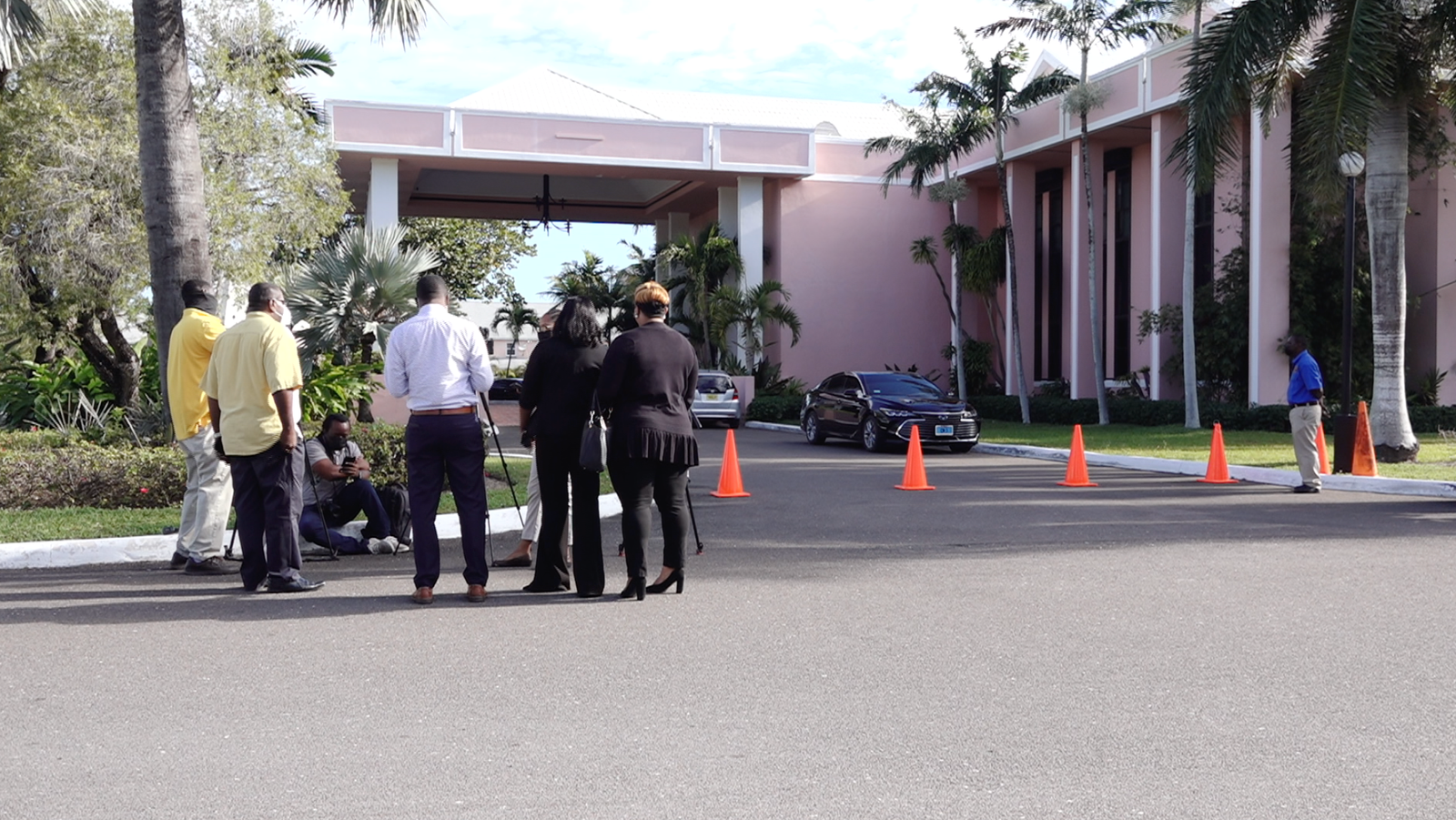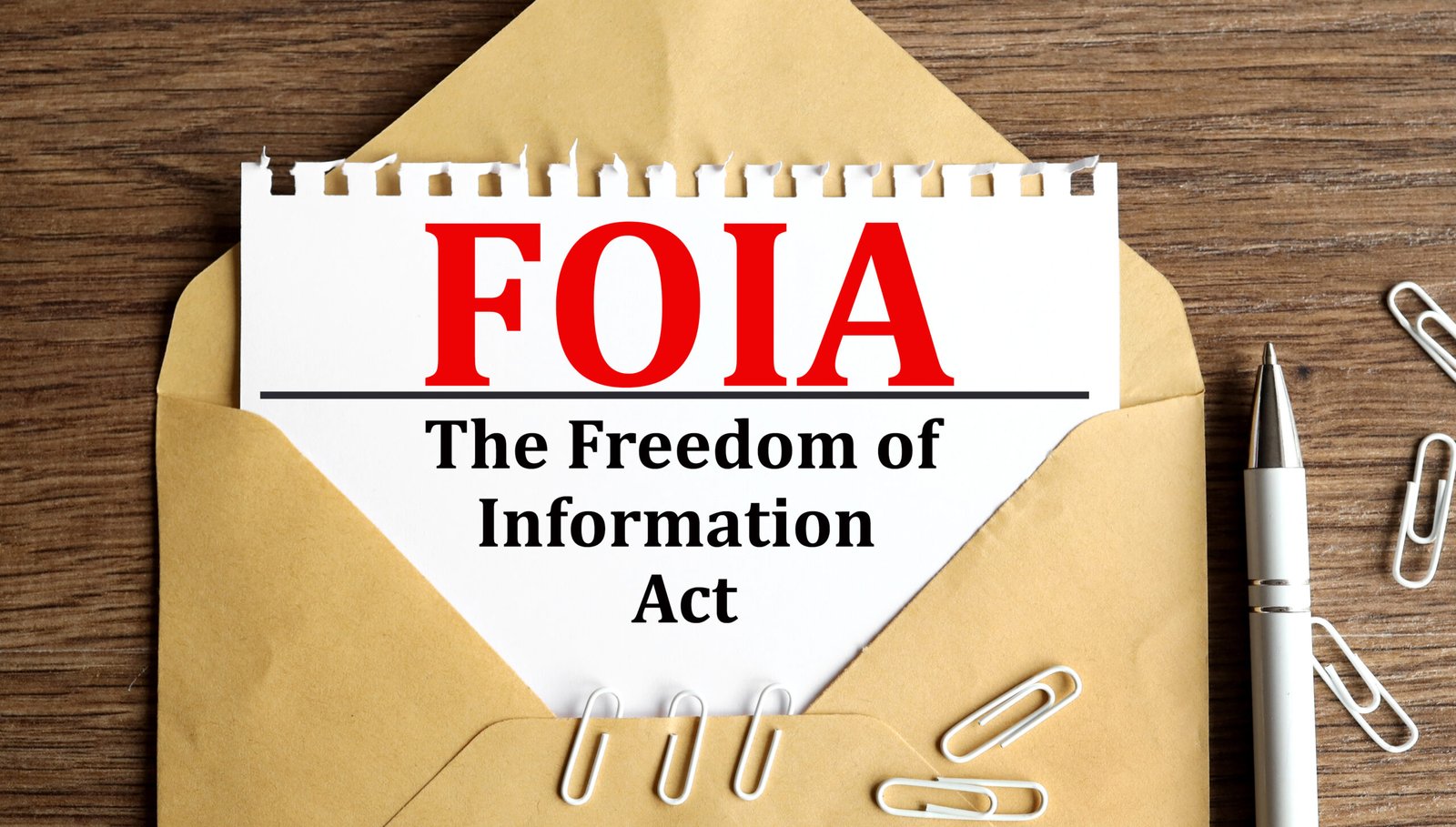NASSAU, BAHAMAS — From annual Meet The Press events with flagging consistency and scope to the current iteration of the press briefing, successive governments have attempted to establish a structured policy for media engagement throughout the country’s political history. Each incoming administration resets the policy, scope, and tone of media engagement, and it’s typically indicative of that particular government’s assessment of the media’s ability to bolster public support.
For incoming administrations, the media’s role is to act as an external comms unit or propaganda tool, tasked with blindly disseminating government statements without scrutiny. For Opposition parties, the fourth estate is singularly tasked with muckraking exclusively focused on the government. Each term, the political actors change seats and, like clockwork, media attitudes and agenda shift. Similar to the stalled pace of development seen in nearly every sector, the media landscape, its workers, and their craft, directly suffer from this bipolar and wholly self-serving media strategy.
Yesterday, orange cones lined the path to the entrance of the Office of the Prime Minister effectively limiting media personnel from interviewing ministers on their way into Cabinet.

This longstanding practice has faced challenges across administrations, from ministers simply ignoring reporters perched at the steps of the Churchill Building, to the previous Minnis administration erecting barricades in several instances to push back reporters from the building’s steps.
Those barricades worked only to the extent that those ministers with no intention of speaking were able to run quickly into the building without having to verbally decline to comment. Ministers who want to address the media at Cabinet have historically done so, often making use of the minutes-long exchanges to promote ministerial initiatives or political rhetoric. While there has never been a formal invitation, ministers have often told reporters to come to Cabinet for an answer to questions placed directly or in another forum.
In its statement yesterday, the Office of the Prime Minister underscored the responsibility of ensuring the security of the Cecil Wallace Whitfield Building, and those who work within it fall to the Royal Bahamas Defence Force. This is nothing new, the same explanation was given to reporters facing barricades at the Churchill building. In some of those instances, RBDF officers were excessively aggressive to media workers as they attempted to navigate barricades and make their questions heard to passing ministers.
As a standalone incident, the cones merely represent existing media attitudes and the longstanding attempt to control access by standardizing it. The Press Secretary role, a brainchild of the former Minnis administration that simply never gained legs, has been re-invigorated by the Progressive Liberal Party.
For veteran journalist Ace Newbold, the position was inert with little to no Cabinet support. For decorated broadcaster Clint Watson, the growing pushback seeks to make the case that the position now wields too much power – and unnecessarily so. While the PLP has never underestimated the political impact of the media, it has often taken up various adversarial positions dependent solely on its assessment of the media’s value at a particular point in its term.
The attempt led by Watson is the most far-reaching yet and reflects a deep understanding of the media’s power. However, there is little good faith that this administration understands this power exclusively rests with the media and cannot (should not) be manipulated or transmuted to the government — no matter how many journalists staff the budding comms departments popping up at each ministry. Watson’s press briefings have bridged a gap widened by the previous administration but only time will tell whether this effort will be sustained or simply self-serving on the part of the government.
At OPM yesterday, journalists were invited into the building for a meeting on the condition they did not bring their cell phones and technical personnel remained outside.
During that meeting, Watson reportedly briefed media personnel on the security practices but also opined about the heavy reliance on ministerial interviews to generate news pieces.
Whether it was well-intentioned can be left for those in the room to pick apart; however, there is an answer to breaking the shackles that chain journalists to political actors when seeking to report on national issues.
It was passed in 2017, and a good-faith move would have been to focus all energies on its full enactment to create a strong foundation for healthy, balanced press engagement.
“Media access is an important priority for this administration,” read the OPM statement.
“Using the press briefing room instead of the parking lot and entrance to the building is a way to allow access to ministers without disrupting a very busy workplace.
“From our very first month in office, the Prime Ministers’ Press Office has worked to help new agencies secure responses from and interviews with ministers.
The OPM statement continued: “Reporters are also free to reach out directly to Cabinet ministers.
“In addition, reporters are provided with the opportunity to ask questions about government policy during the weekly press briefing. Tuesday Cabinet briefing and interviews will now provide further access.”
But reporters don’t want “further access” to political actors, they want access to public information free from political influence.
As he read the Speech from The Throne, Governor-General Sir Cornelius A Smith underscored the Davis administration’s commitment to good governance, established on the principles of Transparency, Integrity & Accountability.
The full implementation of the provisions of the Freedom of Information Act is listed in the party’s “Blue Print for Change” as an anti-corruption pledge.
The Organization for Responsible Governance (ORG) recently identified the full enactment and functioning of the Freedom of Information Act (FOIA), 2017 as one of several key policy and legislative opportunities to address long-standing issues.
“Passed in the final days before the 2017 election, the FOIA has yet to be fully enacted and the Bahamian public has long waited for the ability to access this fundamental right,” ORG said.
“While experts have reported that the average time to bring a FOIA into full enactment can be expected to be three to five years, The Bahamas remains in the formative stages of bringing the act into force after a five-year period.
ORG continued: “To date, there have been consultations with FOIA experts in Jamaica and Latin America, and some preliminary training and public outreach. However, members of the public still cannot utilize their legal rights as per the act.”
The government committed that 10 agencies will be able to receive and respond to FOIA requests in early 2022.
This objective should be the foremost concern of the government’s media strategy, not corralling the press.






